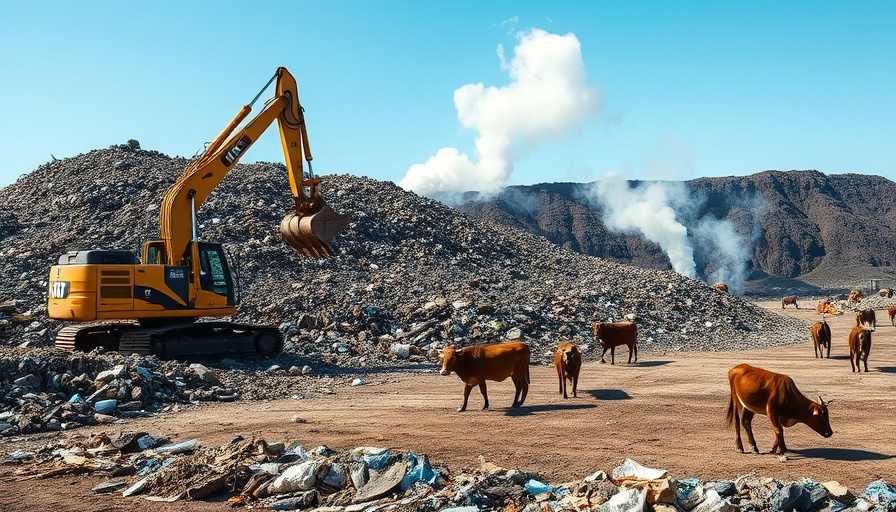
Why the Energy Star Program Matters for You
For many Californians, particularly those in urban and suburban regions, managing utility costs can feel overwhelming. If you are a homeowner or aspiring to become one, this direct connection to your finances is pivotal. The Energy Star program serves as a beacon of relief, saving households an astonishing $40 billion a year. Its potential axing is not just a political headline; it could translate into skyrocketing utility bills.
The Financial Impact of Energy Star
The Energy Star initiative, running since 1992, has been instrumental in reducing energy consumption significantly. Cumulatively, it has kept around $500 billion in consumers' pockets across America. For most average families, these savings can be attributed to small improvements and investments encouraged by the program, such as energy-efficient appliances or smart home technologies.
Understanding the Administration's Rationale
The decision to scale back the Energy Star initiative has been met with skepticism. Critics speculate that this move aligns more with broader deregulation goals than with a balanced consideration of energy efficiency benefits. The Trump administration’s apparent disdain for environmental initiatives raises questions about their commitment to consumer savings and sustainable practices.
Looking Ahead: What Would It Mean for Consumers?
If the Energy Star program were to be interrupted, the long-term ramifications could be severe. Not only would average utility bills rise, but many may also lose access to tax credits—up to $3,200 annually for energy-saving home upgrades. Such losses could weigh heavily on homeowners, particularly in a state like California where energy costs are already high.
Ways to Advocate for Energy Efficiency
Despite the looming threats, the Energy Star program has not yet been formally scrapped. Homeowners and consumers can mobilize to protect this vital resource. Engaging in community discussions, supporting local advocacy groups, and contacting your elected representatives can create a collective voice demanding the preservation of energy-efficient programs. It matters more than ever to voice your concerns with policymakers.
Your Voice Matters: Take Action
As residents of California, you hold the unique power to affect change. The more you advocate for successful programs like Energy Star, the better the chance to maintain lower energy bills. Whether through town hall meetings or social media, every action counts!
In conclusion, understanding the implications of cutting the Energy Star program is essential not just for advocating energy efficiency but also for securing savings for current and future generations of Californians. It’s essential to recognize that the choices made at this level can significantly impact your household budget.
 Add Row
Add Row  Add
Add 




Write A Comment